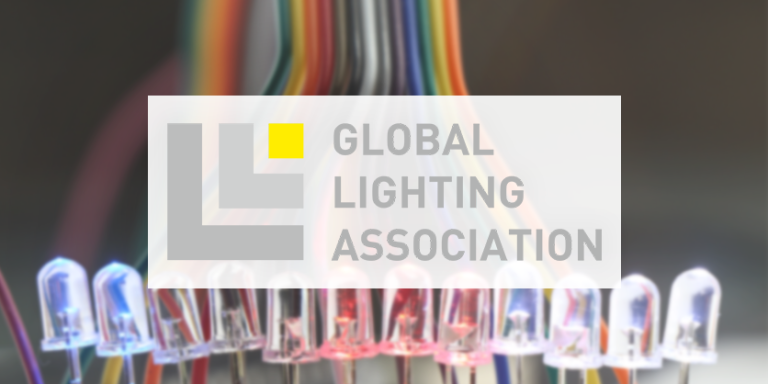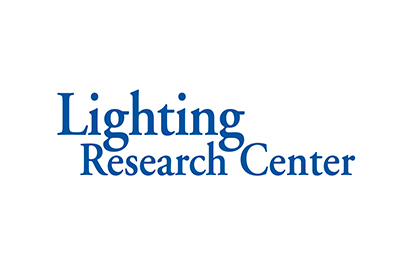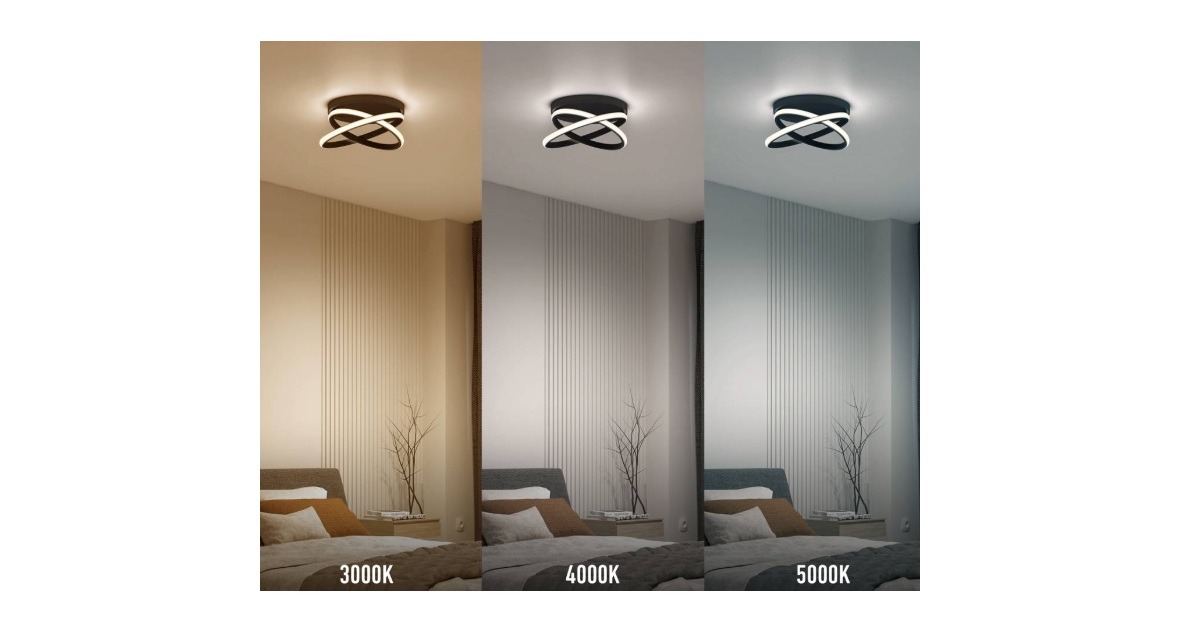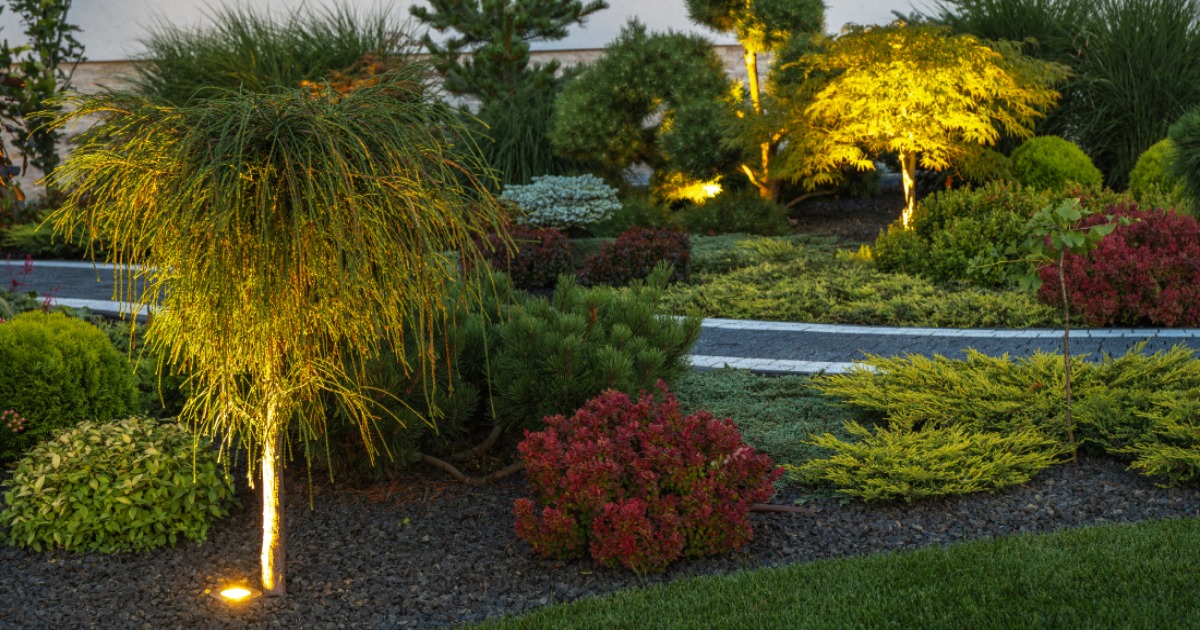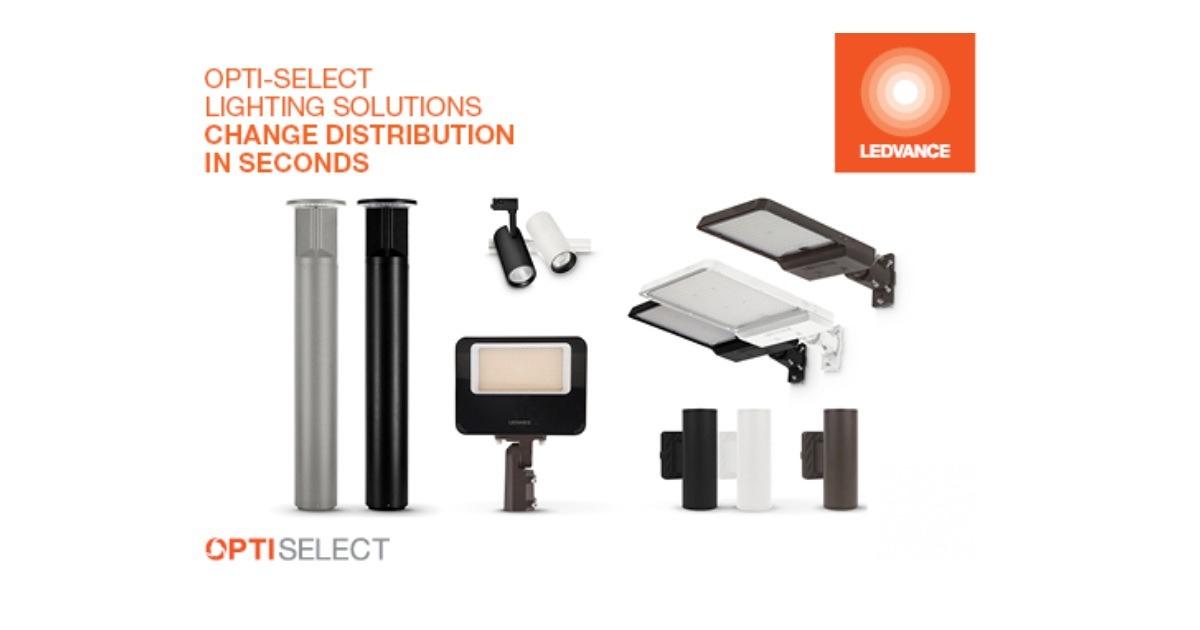Top 10 Future Trends in the Lighting Industry
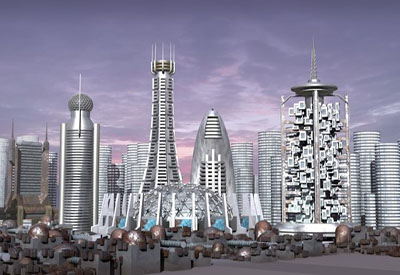
December 6, 2016
The 20th century was relatively static for the lighting industry, and the only notable breakthrough was the commercialization of fluorescent lamps, offering 75% savings over incandescent lighting. The 21st century, on the other hand, promises to be much more dynamic: LED lighting became commercially viable after 2010, and it is completely changing the rules of the game with its efficiency and versatility. In addition, LED lighting can easily integrate with information technologies, creating possibilities that are limited only by imagination. This article provides an overview of the top trends currently shaping the industry.
1. The Internet of Things (IoT)
The basic concept of the IoT is expanding connectivity, which has been limited to computers and mobile gadgets, to include all types of devices used in homes and businesses. Lighting is present in all spaces occupied by humans, creating the ideal platform to build the IoT. The opinion of industry experts is that all lighting fixtures will soon be connected to the Internet, and they will be in turn connection hubs for other devices, which brings us to another revolutionary concept — Li-Fi.
2. Li-Fi communications
Wi-Fi signals are nearly everywhere in modern cities. However, billions of new devices will be brought online over the next few years as the IoT becomes mainstream, creating a demand for communication services with much greater bandwidth and speed. Li-Fi promises to be the successor to Wi-Fi, being based on light rather than radio signals. Li-Fi systems are already offering 40 times the speed of Wi-Fi in laboratory conditions, and the technology has plenty of potential to evolve further.
3. Virtual reality
When we hear about virtual reality, perhaps we think about video games or sci-fi movies like The Matrix. However, the technology has many applications beyond entertainment: it can be used for business meetings, long-distance education and remote medical assistance, just to name a few examples.
Of course, virtual reality is built on Internet connectivity, which will soon be based on Li-Fi signals coming from LED fixtures. In other words, the lighting industry will play a key role in making virtual reality possible — the headgears required for a VR interface must transmit and receive considerable amounts of data, something that can be enabled by Li-Fi. Also, the VR platforms bring about a new way of getting information to end users. For example, presenting a large scale lighting system to a client could be much more effectively communicated by a VR program rather than a 100-page report.
4. Cloud lighting design
Technological development in the lighting industry is not limited to the lamps and fixtures themselves; the systems used to design lighting installations are also becoming more sophisticated. For example, there are now platforms like Instabase in the Cloud by AGi32, where lighting designers have access to updated photometric models of thousands of products from multiple manufacturers.
There are also software solutions that allow designers to simulate lighting installations in powerful servers owned by third parties, rather than on their own computer. The Bloom Unit plug-in for Sketchup is an example of one application that achieves this. Using this method, a rendering process that would have taken hours can be completed in minutes, and it is even possible to make live changes to the project while sitting next to the client.
5. The gig economy
Improved connectivity is not just for lighting fixtures; industry professionals have also become more tech-savvy and global. Thanks to information technologies, it is no longer necessary for a lighting designer or consultant to be in the same country where a project will be developed. Online portals like LightPro (www.light.pro) are connecting clients and lighting professionals from all around the world, improving both the talent pool available for companies and the potential market for lighting designers and other professionals in the industry.
6. Human centric lighting
The lighting industry is now placing greater importance on the effect of lighting quality on human health and comfort. For example, light bulbs with high colour temperatures and low colour rendering indexes have been linked to sleep disorders and other medical conditions, and some governments have even placed bans on products that fail to meet minimum standards.
Lighting is also becoming more personal: companies like OSRAM and Philips have launched product lines that offer dimming and colour adjustment features, while allowing the user to program lighting-based alarms. Many of these products can also interact with media such as music and video games.
7. Power over Ethernet (PoE)
LED lighting has become extremely efficient. For example, Philips and the Dubai Municipality recently announced they had developed LED bulbs offering an efficacy of 200 lumens per watt, allowing a 60-W incandescent bulb or a 15-W CFL to be replaced with a 3-W bulb.
Due to the low energy footprint of LED products, conventional circuits used for lighting installations are becoming oversized, even when designed at the minimum capacity allowed. Powering LED lighting through Ethernet cable is now viable. This would reduce building construction costs by making lighting circuits part of the data network. In addition, PoE sets the stage to deploy services like Li-Fi and building management systems.
8. Lighting as a service (LaaS)
The leasing business model has been highly successful in the solar power industry: a home or business owner gets a photovoltaic array for zero upfront investment, and then agrees to pay a monthly fee to use it. LED fixtures are becoming more affordable, efficient and versatile in terms of the services they can deliver, which sets the stage for the leasing model to be adopted in the lighting industry as well.
Leasing can also improve the reliability of lighting installations, since they will be serviced on an ongoing basis by the company offering the lease. This allows clients to focus on their core business, avoiding lighting maintenance tasks. Some companies allow the client to keep paying their old rate of energy and the leasing company earns their profit from keeping the customers’ power savings for themselves. It’s a win-win: the client gets a higher quality lighting system with improved, maintenance-free illumination for no upfront costs.
9. 3D printing
With the adoption of 3D printing technology, custom-made products can now be manufactured for a lower cost and with a shorter lead time. In the lighting industry, 3D printing will grant lamp and fixture designers more precision when specifying the geometry and optics of lighting products, enhancing their performance.
3D printing will also have plenty of applications in the luxury lighting segment: it will now be possible to create custom products exactly as the client imagines them.
10. Sustainable lighting
When a lamp or luminaire has reached the end of its service life, it doesn’t mean every single component has become useless, and in fact many parts can be reused in new products without affecting performance and service life.
Lamp recycling will be particularly important as LED products displace fluorescent lighting, which uses mercury, a hazardous material. Besides than allowing it to be reused, recycling prevents it from reaching the environment.
Leonardo David is an energy consultant and writer at LightPro.

